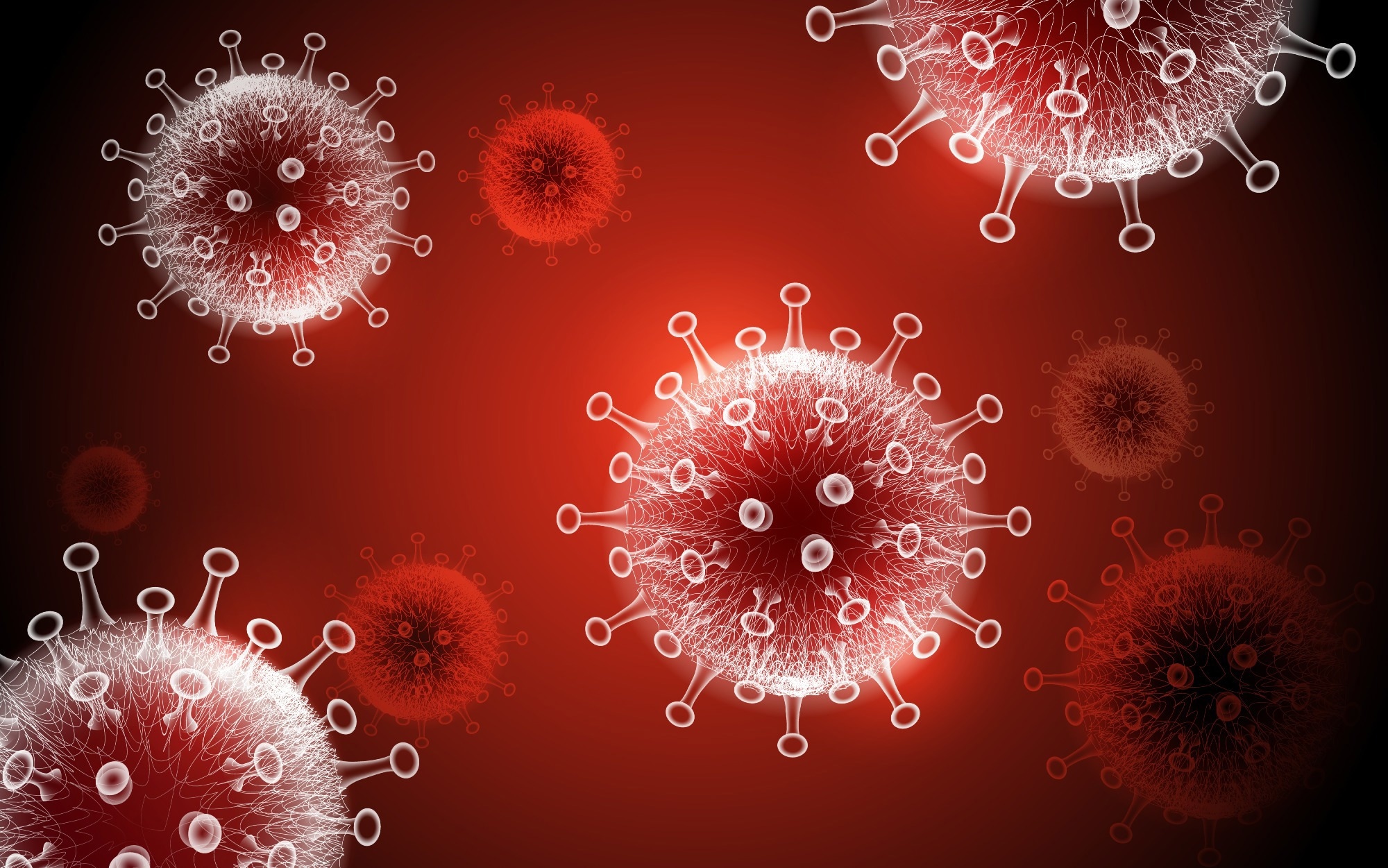A recent study published in Scientific Reports examined muscle and pulmonary dysfunction during moderate exercise in adult females who recovered from coronavirus disease 2019 (COVID-19).
 Study: Impaired pulmonary and muscle function during moderate exercise in female patients recovered from SARS-CoV-2. Image Credit: CKA/Shutterstock
Study: Impaired pulmonary and muscle function during moderate exercise in female patients recovered from SARS-CoV-2. Image Credit: CKA/Shutterstock
Background
Multisystemic muscular and cardiopulmonary involvement causes muscle weakness, fatigue, and pain in COVID-19. Evidence suggests that females predominantly develop fatigue, although all COVID-19 patients will require screening for fatigue. Pulmonary oxygen uptake kinetics can determine fatigue and exercise tolerance in respiratory and cardiovascular diseases.
Pulmonary oxygen consumption (VO2) increases rapidly for three minutes during a protracted cardiopulmonary exercise (CPX) test at a constant load. After that, the VO2 gradually rises for a given power production, exceeding the fundamental component until a maximum VO2 is attained. This response is the VO2 slow component (VO2SC); VO2SC evaluation has been used to indicate fatigue in respiratory diseases.
Mechanical efficiency (ME) examines the effects of blood alkalinization in the gradual loss of muscle efficiency and is an important parameter associated with VO2SC behavior. Likewise, ventilatory efficiency is a key parameter in CPX. The fatigue and muscle weakness experienced by COVID-19-recovered people suggests that impaired muscle and pulmonary function alters VO2SC kinetics during exercise. However, this still needs to be corroborated.
About the study
In the present study, researchers evaluated muscle fatigue and pulmonary dysfunction by examining VO2SC kinetics, ME, and ventilatory efficiency during moderate exercise in adult females who recovered from severe acute respiratory syndrome coronavirus 2 (SARS-CoV-2) infection. They enrolled 17 adult females who recovered from COVID-19 and 15 healthy women as controls.
The primary symptoms of recovered patients were dyspnea and fatigue, and subjects were considered healthy before contracting SARS-CoV-2 infection. Further, these subjects were evaluated previously to rule out pulmonary/cardiac pathology as the cause of dyspnea and fatigue. Subjects were excluded if they had active oncologic disease, severe neurologic disease, and orthopedic or neuromuscular disorders impeding performance in CPX tests.
A spirometry test was performed before CPX tests. COVID-19-recovered individuals performed incremental and constant CPX tests, with a 48 to 72 hour-interval between tests. Patients were assessed six to eight weeks after hospital discharge. Pulmonary VO2 kinetics were analyzed during the constant-load CPX test.
VO2 data two minutes before test initiation served as the baseline. The fundamental VO2 kinetics (phase II) were determined and adjusted to a mono-exponential function. VO2SC (phase III) was determined by registering VO2 data at three second-intervals. The ME was estimated during the constant-load test; ventilatory efficiency was calculated as the slope of the relationship between ventilation (VE) and carbon dioxide production (VCO2).
Findings
The average age of COVID-19-recovered individuals was 46.4. The body mass index (BMI) differed significantly between recovered patients and healthy subjects. Eight patients were hospitalized during COVID-19, and five were admitted to the intensive care unit (ICU). The forced vital capacity (FVC), forced expiratory volume in the first second (FEV1), peak VO2, and power at the first ventilatory threshold were significantly different between the two groups.
COVID-19-recovered females showed a significant increase in VO2SC relative to controls. ME was significantly lower in recovered subjects than in controls. The VE/VCO2 slope was significantly increased in individuals who recovered from COVID-19 compared to healthy females during incremental and constant-load tests.
Moreover, the authors found a significant correlation between VE and VCO2 in incremental and constant tests in COVID-19-recovered subjects. Besides, the ventilatory efficiency observed in the incremental test was significantly inversely correlated with the ME during the constant test in recovered individuals. However, this correlation was not identified in controls.
Conclusions
The researchers observed that adult females after COVID-19 recovery had an elevated VO2SC, poor ME, and ventilatory inefficiency compared to healthy adult females with no history of COVID-19. Notably, recovered patients with better ventilatory efficiency exhibited improved ME during the constant test.
These findings imply impaired muscle and pulmonary function during moderate exercise in females who recovered from COVID-19. FEV and FVC were significantly lower in COVID-19-recovered females. Although spirometry findings were not deemed pathological, they could be related to COVID-19 pneumonia-associated complications. BMI was also significantly higher in recovered subjects than in controls and could have influenced CPX results.
The study’s limitations include the small sample size and heterogeneity among COVID-19-recovered patients, as the cohort comprised non-hospitalized, hospitalized, and ICU-admitted patients. The findings indicate that COVID-19-recovered women exhibit significant muscle and pulmonary dysfunction compared to healthy females. Endurance and strength rehabilitation programs should be considered for women after COVID-19 recovery.